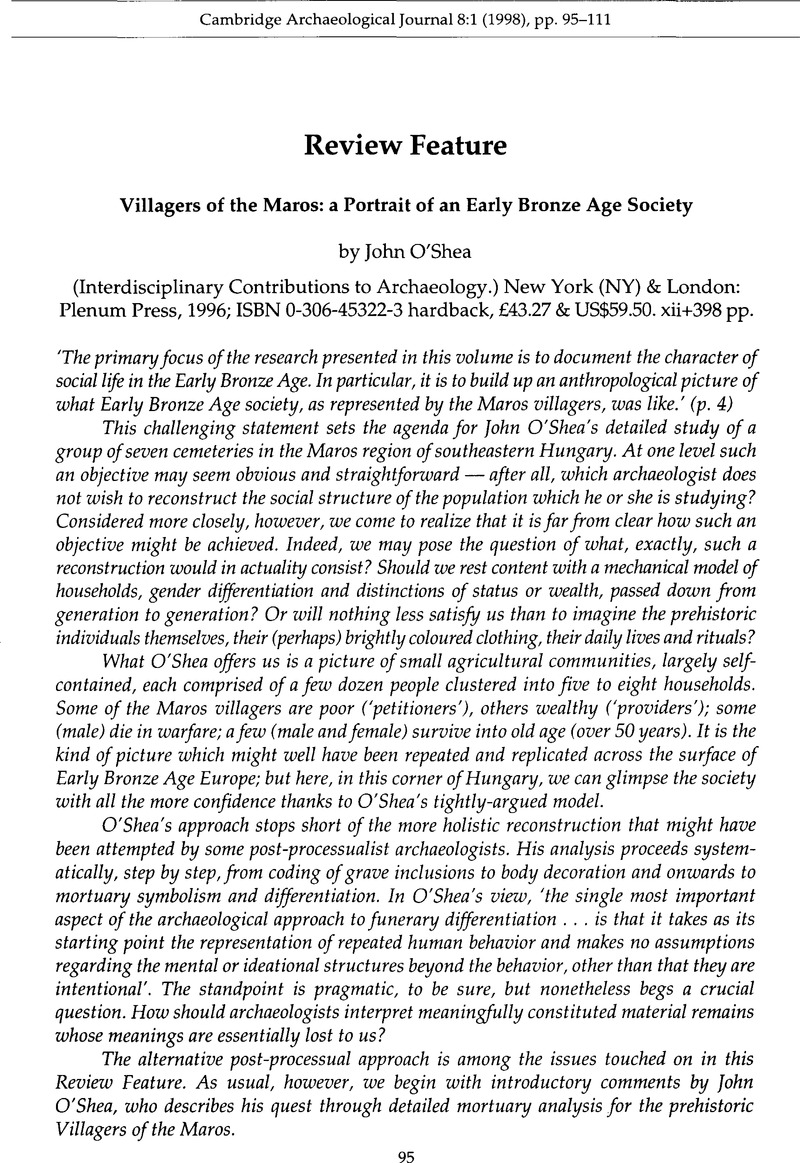Crossref Citations
This article has been cited by the following publications. This list is generated based on data provided by Crossref.
Reiter, Samantha S.
2015.
La vérité dépasse-t-elle la fiction ?.
Les Nouvelles de l'archéologie,
p.
16.



